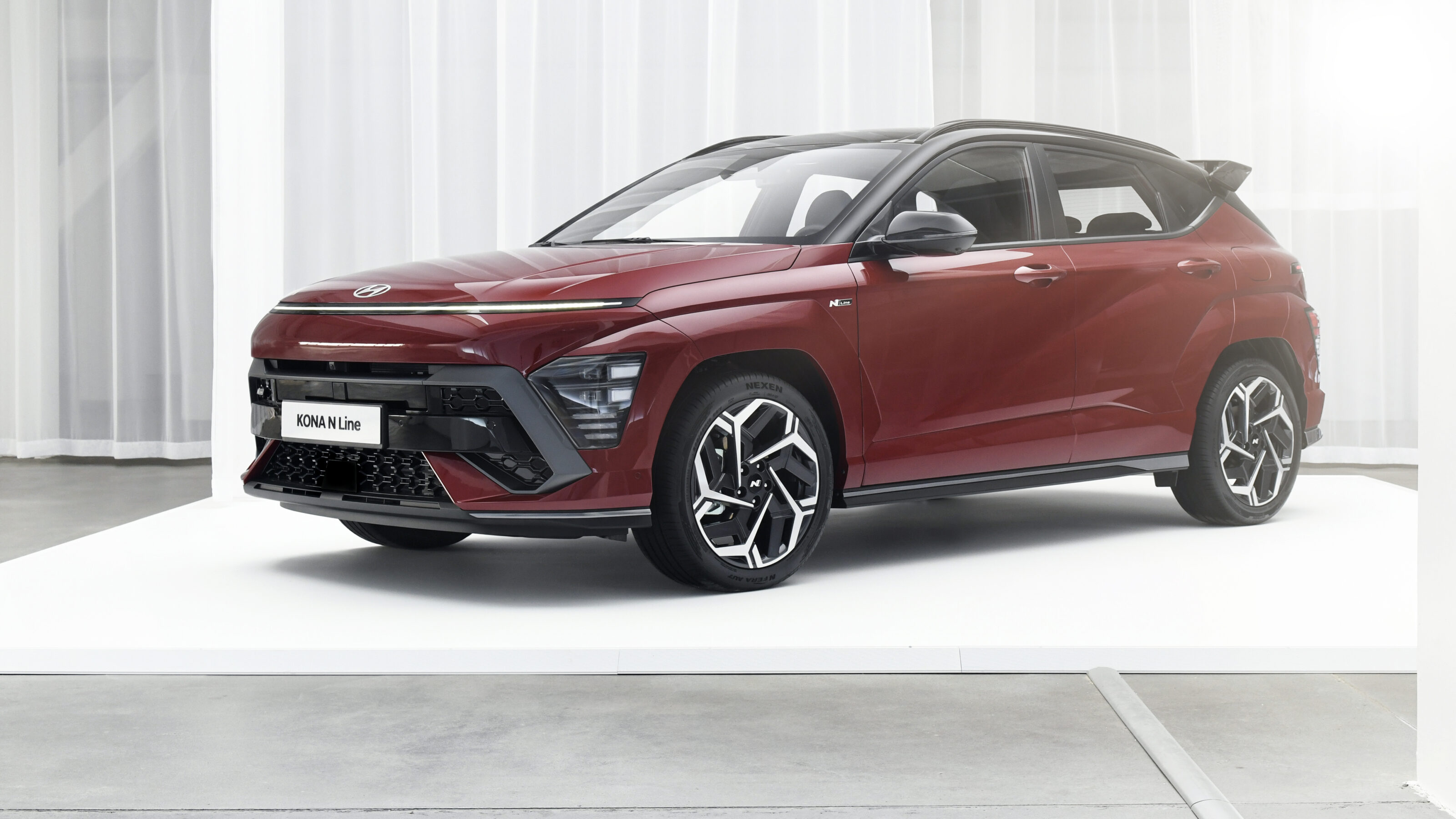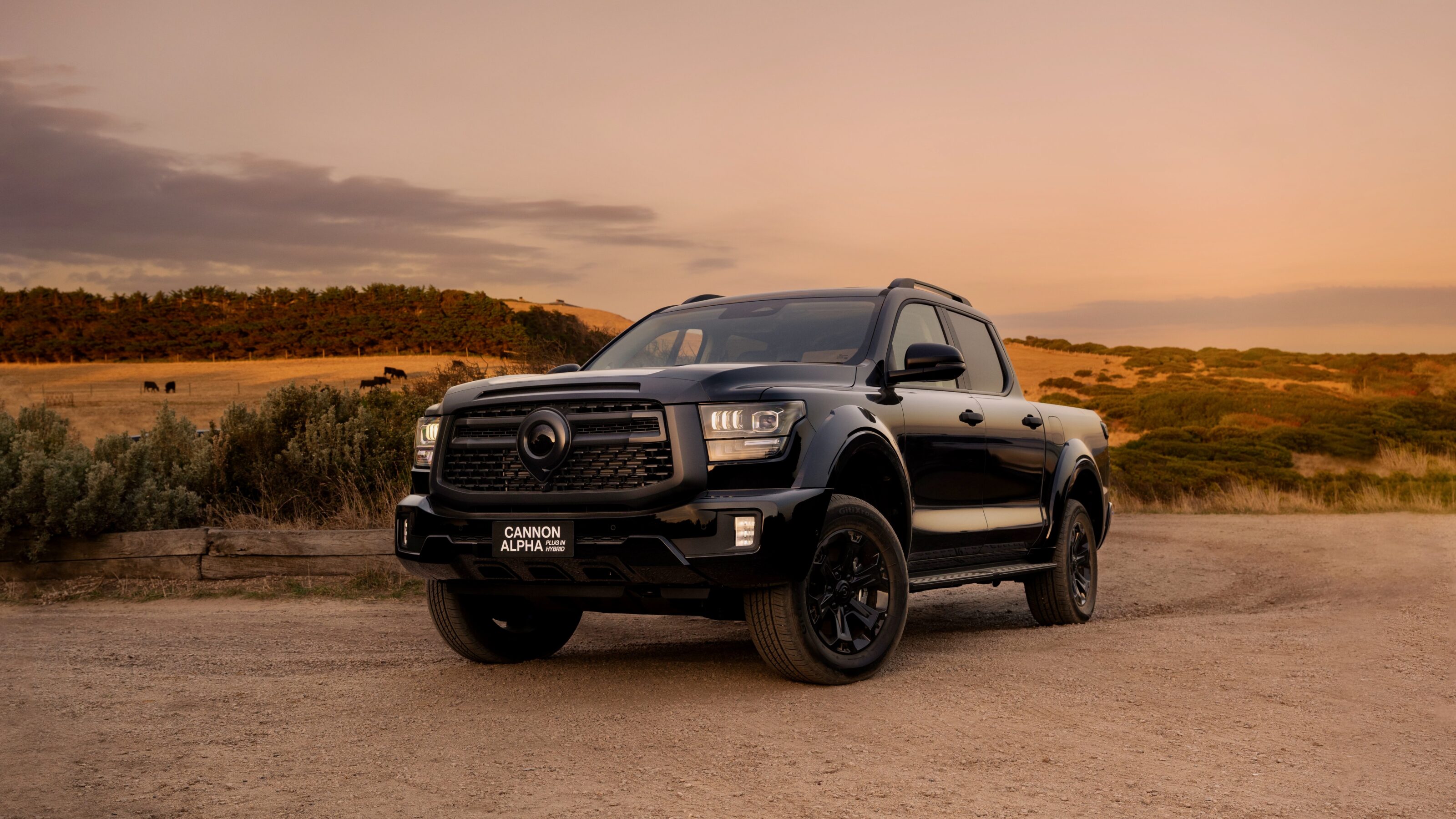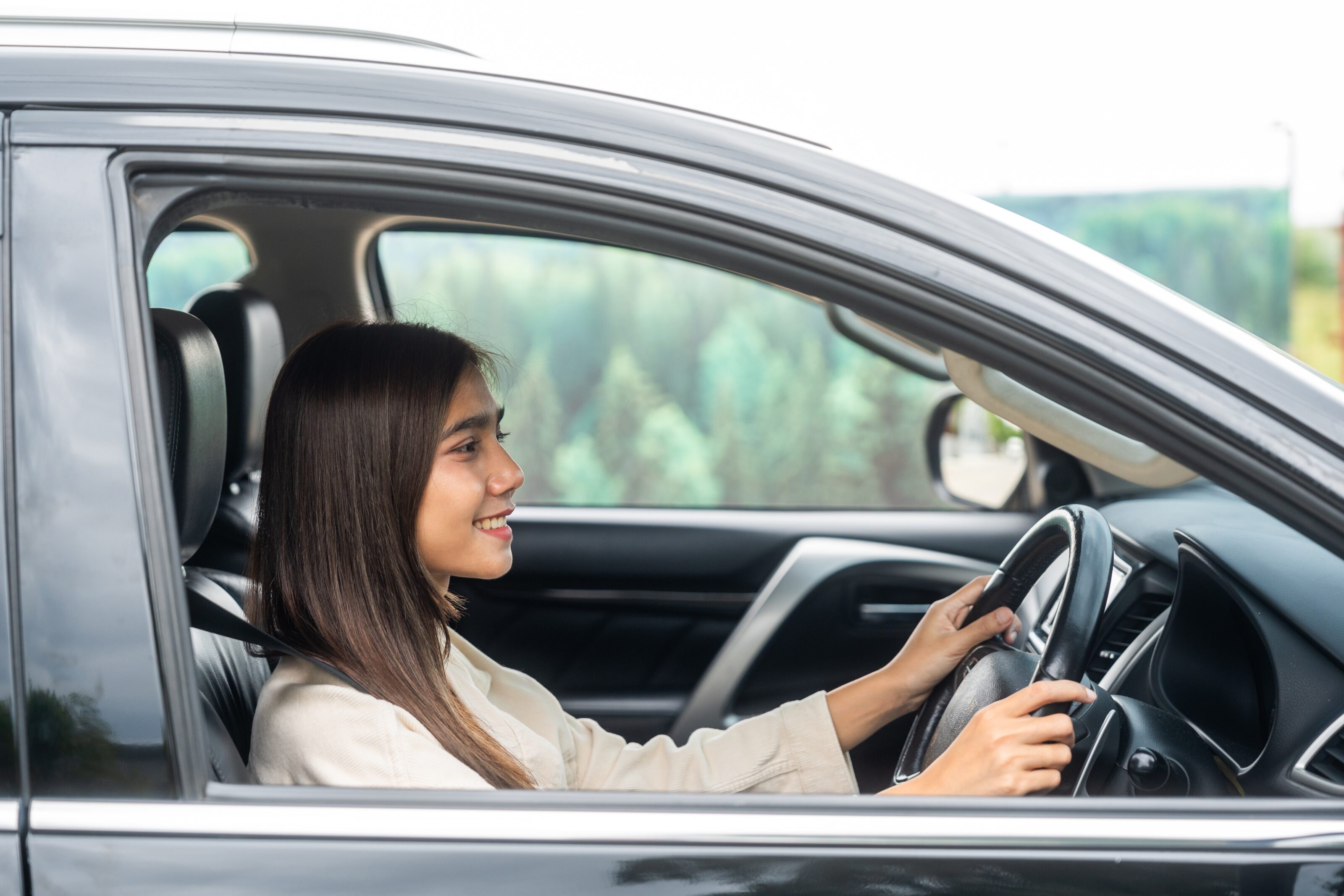JANUARY 2024: Kona Electric driven in Australia
Hyundai’s new electric Kona is here, finally, and it presents as a more thought-provoking option than any would’ve thought when we first drove it way back in November.
July: New Kona driven in Australia!
The new-generation Kona is in Australia now, and you can find our news and reviews at the link below.
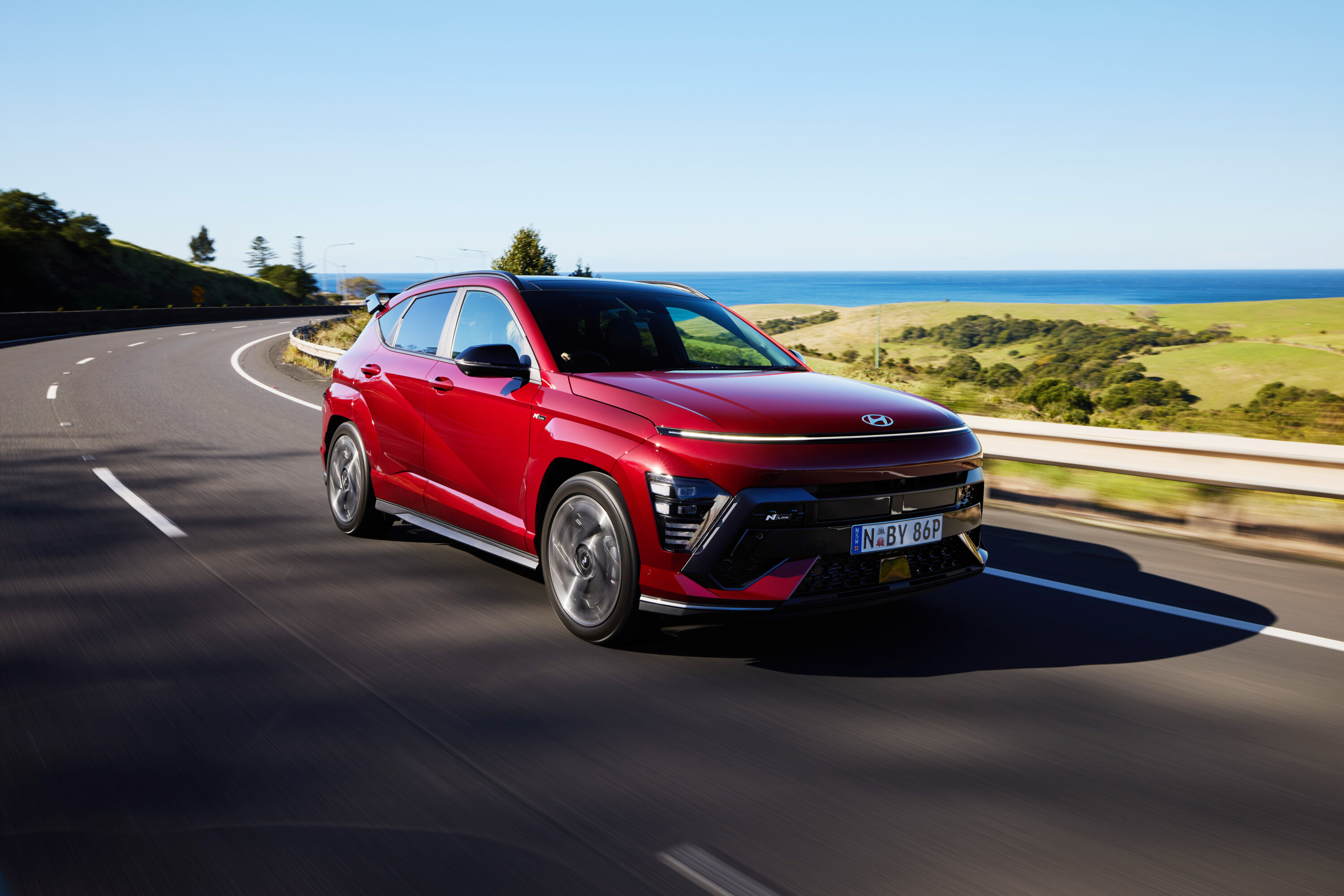
June 26, 2023: Kona Australian pricing revealed
Hyundai has locked in pricing and features for the second-gen Kona, including the hybrid!
March: Australian details revealed
The next-generation 2024 Hyundai Kona small SUV will arrive in Australia mid-year, with two model grades expected at launch.
Snapshot
- 2024 Hyundai Kona detailed for Australia
- Two grades available across petrol, hybrid and all-electric powertrains; N Line Option Pack
- Petrol models due in Australia mid-year, electric and hybrid to follow in fourth quarter
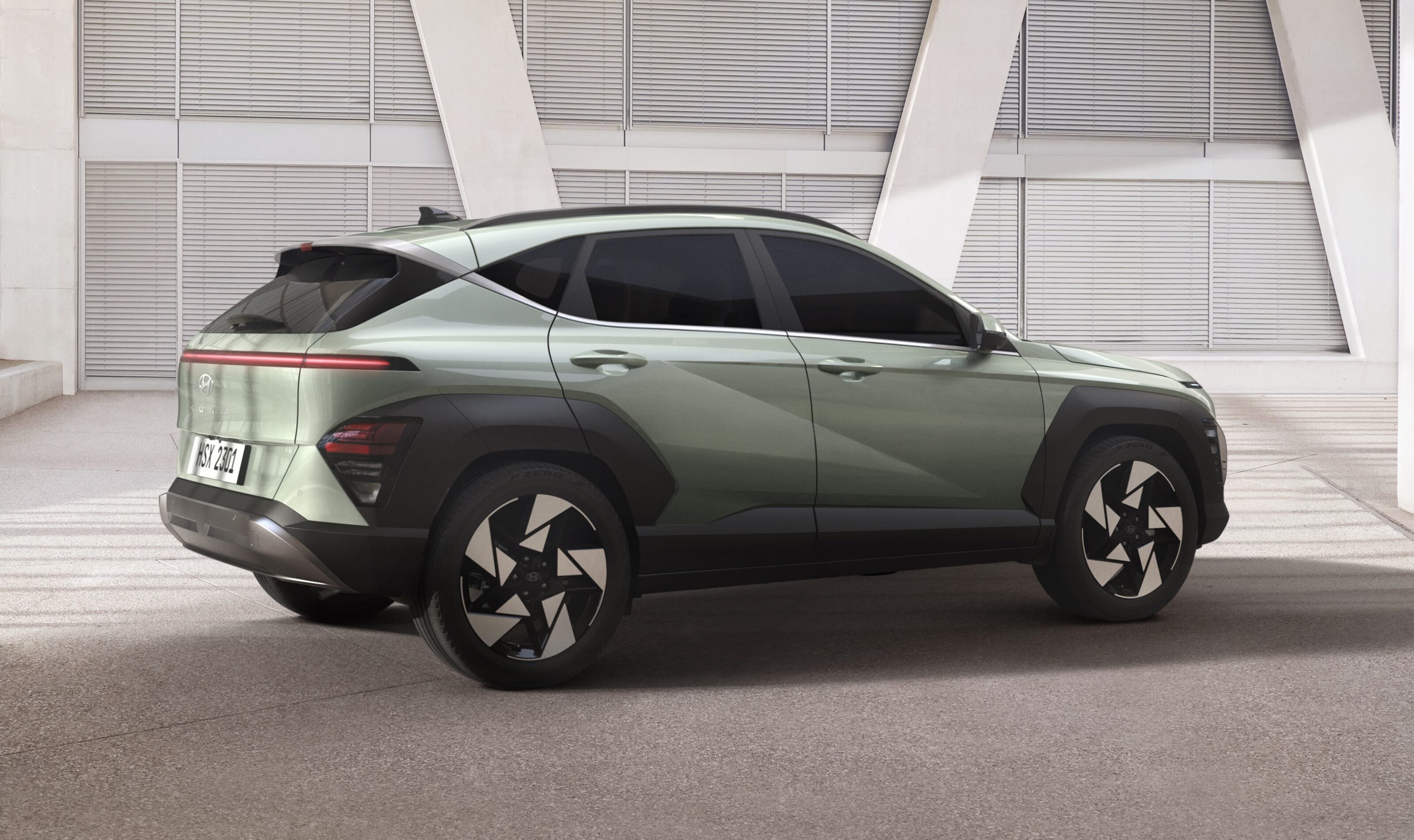
The first arrival will be petrol-powered Kona variants, with the all-electric and new-for-Australia hybrid versions due in the fourth quarter (October to December inclusive).
Hyundai Australia notes timing for N Line variants – expected to be offered as a range-wide N Line Option Pack, rather than a standalone trim – is currently unconfirmed.
The petrol range is similar to the existing Kona lineup, with two four-cylinder engines – a 2.0-litre naturally-aspirated and 1.6-litre turbocharged petrol – expected to be offered for both variants.
Videos: In-person design walkaround
As with the current Kona, the front-drive 110kW/180Nm 2.0-litre non-turbo petrol will be matched to a continuously variable automatic transmission (CVT).
However, the all-wheel-drive 1.6-litre turbo-petrol will follow the updated Kia Seltos in switching to a revised engine with an eight-speed torque-converter automatic, replacing the seven-speed dual-clutch unit.
The entry grade is expected to sit between the outgoing Active and Elite variants, suggesting a price hike over the base Kona priced from $26,900 before on-road costs.
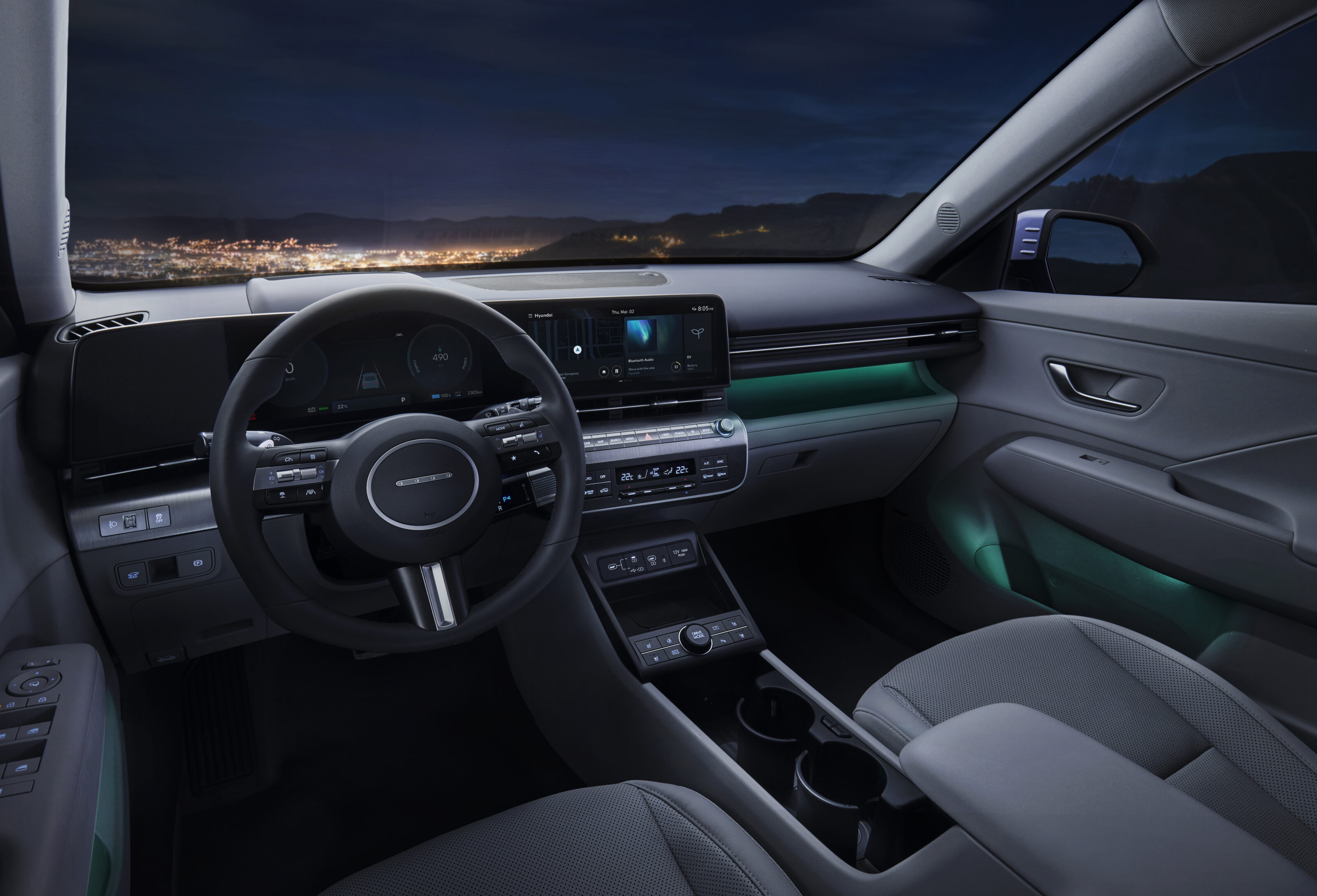
As such, it is expected to follow the Mazda CX-30, Toyota Corolla Cross and Nissan Qashqai with a drive-away price of around $35,000 for the entry-level variant – up from approximately $30,000 drive-away for today’s model.
The hybrid powertrain – a front-drive 104kW/265Nm 1.6-litre unit shared with the Kia Niro, matched to a six-speed dual-clutch transmission – will be offered across the range.
A combined fuel consumption figure around 4.0L/100km and CO2 emissions below 100g/km are likely.
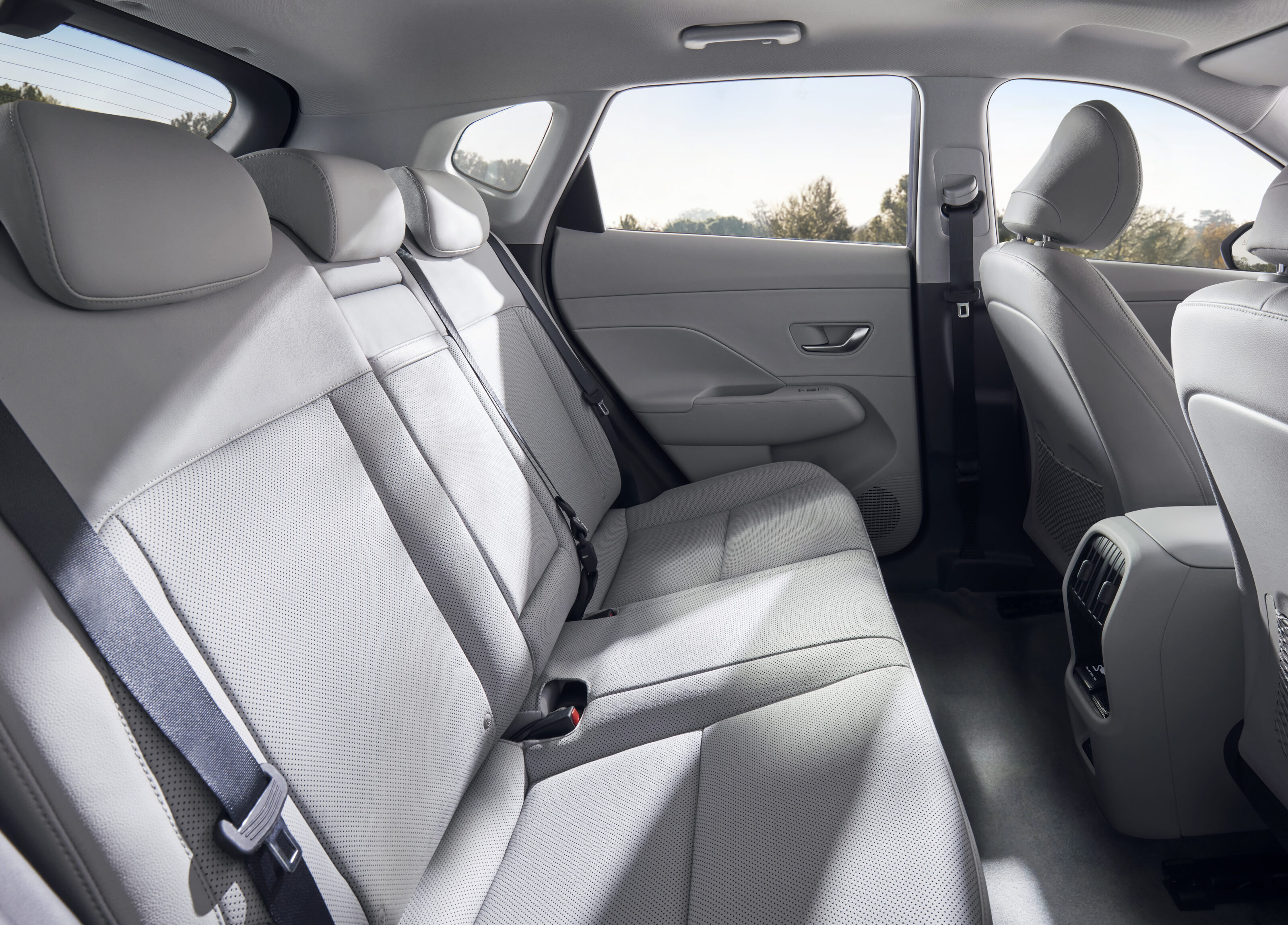
Kona Electric
In Europe, the Kona Electric has a 65.4kWh lithium-ion battery and a 160kW electric motor, with a WLTP-rated 490-kilometre driving range – up six kilometres over the current Extended Range variant.
However, this applies to Czech Republic-built versions. The local range will be produced in South Korea, with slight differences in specs and figures expected. Hyundai Australia does not yet have these details confirmed.
As with the current Kona Electric, a less-powerful and more-affordable Standard Range option will be available, but with a price rise likely, it’ll pull further away from the BYD Atto 3, MG ZS EV and GWM Ora.
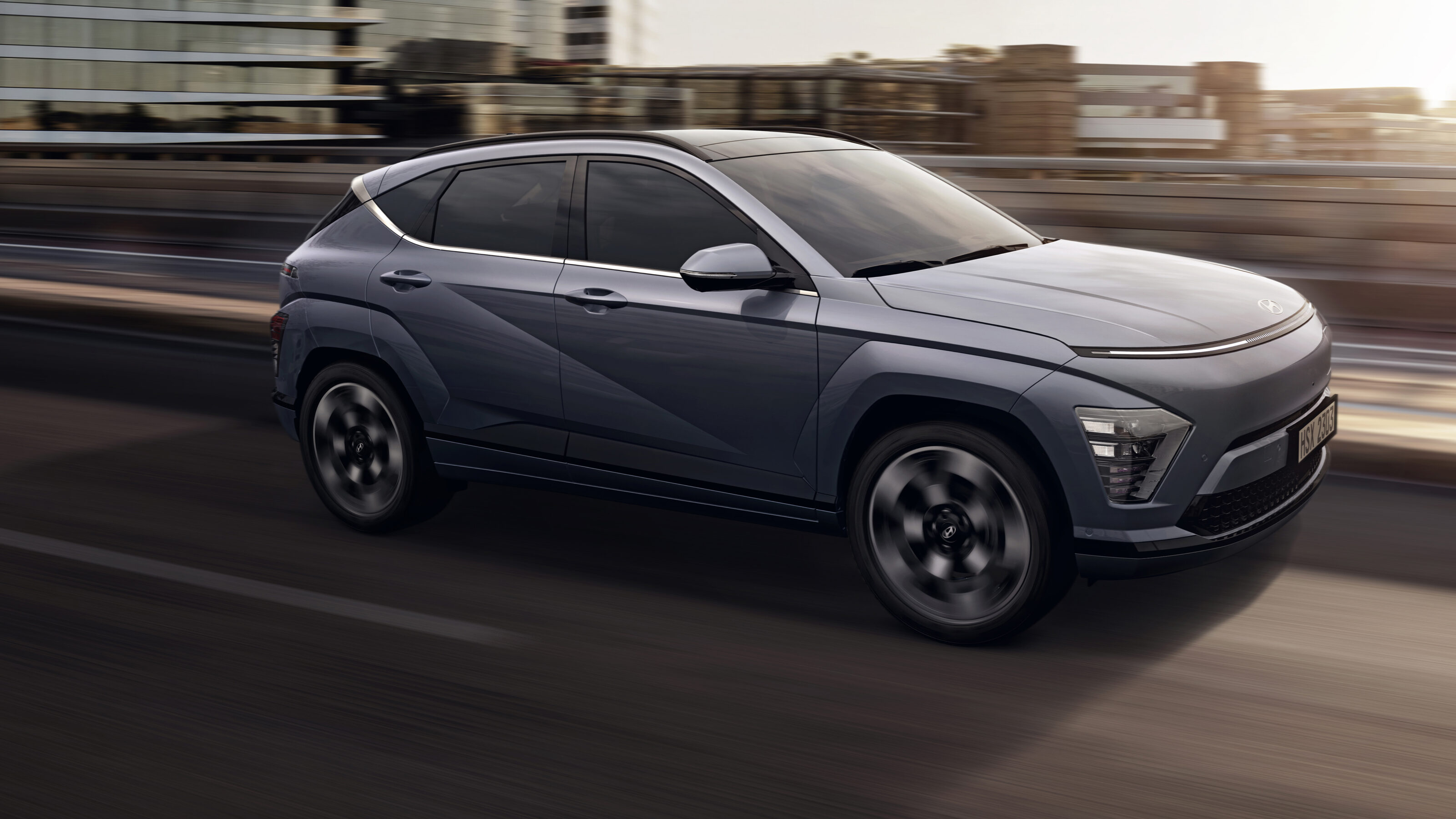
Standard equipment outlined for new Kona range
While local pricing and features have yet to be locked in, Hyundai Australia has confirmed LED head and tail-lights, a 12.3-inch centre display, dual-zone climate control, and Bluelink connected-car technology will be standard across the range.
Only the EV models and high-grade petrol/hybrid variants will get two 12.3-inch displays – one in the centre of the dash and one behind the steering wheel. Lower-grade variants will get a version of the fixed/static LCD speedometer and rev meter (a cosmetically fancier take on old-school LCDs), with a 4.2-inch multifunction digital display between them.
This means that while high-grade models will have a full digital instrument cluster with mode-specific graphics and an integrated blind-spot monitoring camera, the lower-grade models will show pleasant but largely ‘dumb’ meters either side of the multifunction display.
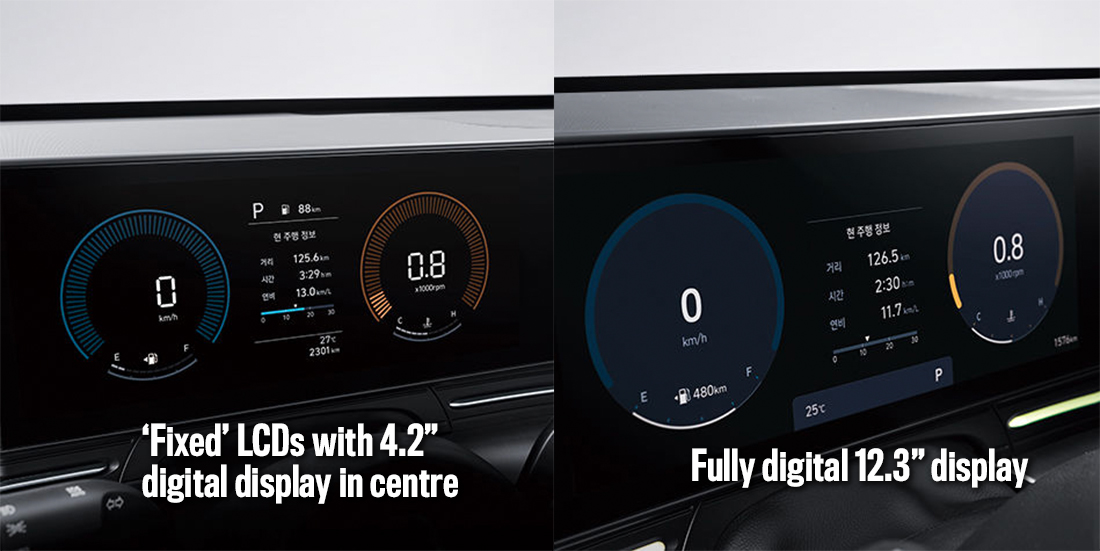
Some note title here
Yep. It’s expected that the new Kona will not be offered with wireless Apple CarPlay or Android Auto, thanks to what is believed to be an ongoing stoush between Hyundai and either Apple or Google, over the topic of whose maps system should be appear when the system first loads up – theirs or Hyundai’s. Neither Hyundai, nor its stablemate Kia which suffers the same issue, have been prepared to comment on the matter. Owners will still be able to use a wired connection, at least.

In addition, flagship variants will gain a blind-spot view monitor, a 360-degree camera system, a wider sunroof, an electric tailgate and a shift-by-wire gear shifter – adding to the equipment available on the current Elite, Highlander and N Line Premium.
All petrol and hybrid variants will pack a space-saver spare wheel, but Hyundai Australia says it has not yet confirmed whether the EV will have a space saver or, instead, a tyre repair kit. The current Kona EV is offered only with the latter.
A welcome upgrade for the new Kona is that rear passengers, in all trim grades and variants, will benefit from air-conditioning vents in the centre console position – whereas the previous model suffered by having no rear vents.

Safety
Five-star rating expected under ANCAP’s tough new requirements
Hyundai Australia said it is targeting a five-star ANCAP safety rating, with a front-centre airbag and an updated suite of active safety technology.
This includes; intelligent speed limit assist, blind-spot view monitor, navigation-based adaptive cruise control, lane following assist and highway driving assist, while its autonomous emergency braking system now supports junction-turning and reverse detection.
Similar to the Mazda CX-30 and GWM Haval Jolion, a driver-monitoring camera will be available on selected variants.

Dimensions and space
As reported, the second-generation Kona rides on an updated platform shared with the i30 Sedan and Kia Niro. However, its dimensions differ somewhat, with a wheelbase of 2660 millimetres – 60mm longer than before but 60mm shorter than the related vehicles.
Overall length grows to 4355mm – up a significant 150mm – while growing by 25mm in width to 1825mm.
The brand claims this equates to 77mm longer legroom and 11mm taller headroom in the second row, which is said to be best in class.

For context, the popular Toyota Corolla Cross rides on a 2640mm (-20mm) wheelbase, measures 4460mm in overall length (+105mm), and is an identical 1825mm wide.
Hyundai’s designers penned the Kona Electric first, followed by the regular Kona and sportier N Line variants. The result is a unified range and crisp detailing, such as the ‘horizon lamp’ daytime running lights at the front.
Watch for more on the new Kona to be revealed in the weeks ahead.
We recommend
-
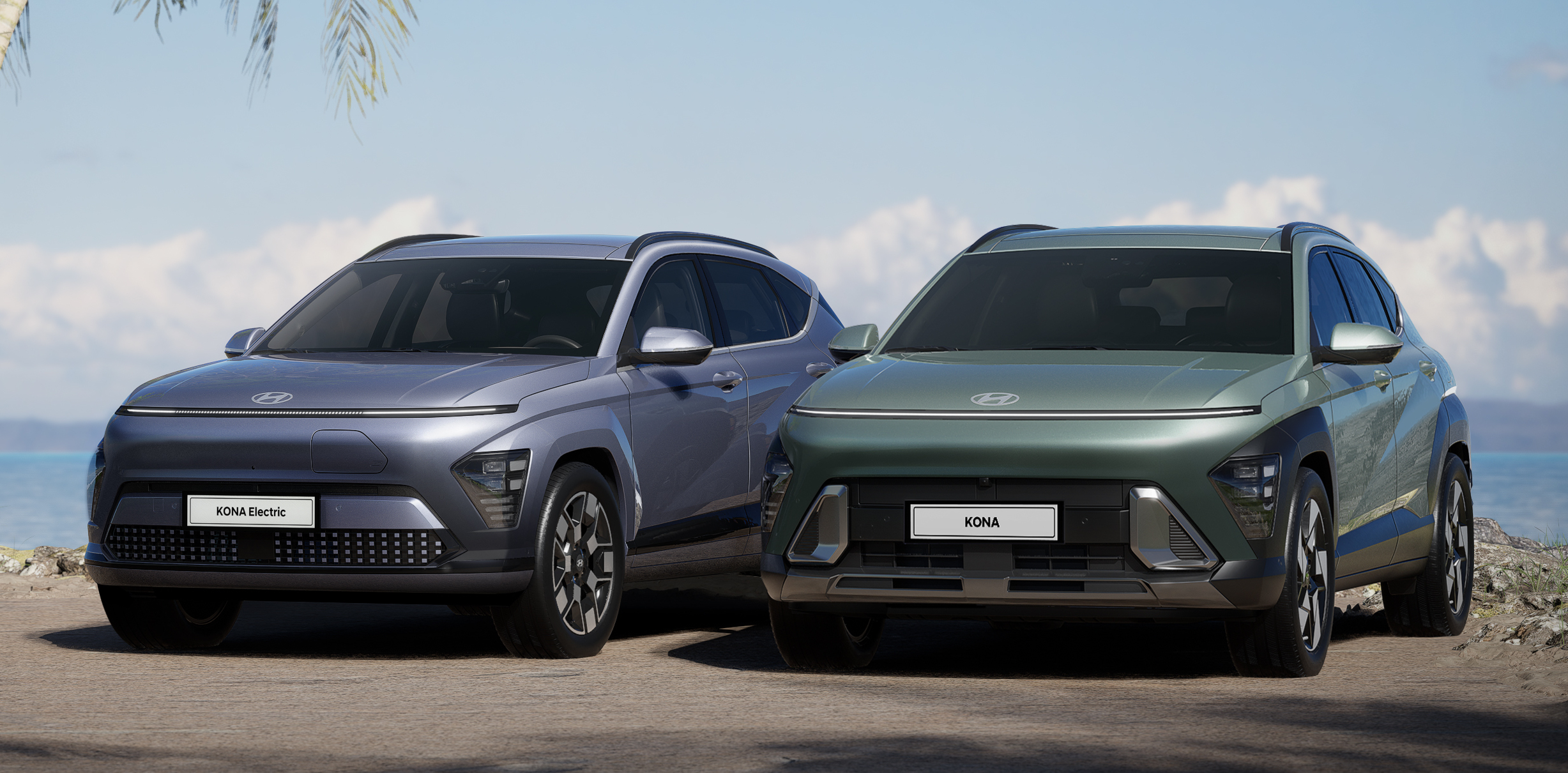 News
News2024 Hyundai Kona revealed: Everything we know so far
The new electric-forward Hyundai Kona small SUV is due in the middle of this year, and it looks a whole lot sharper than before
-
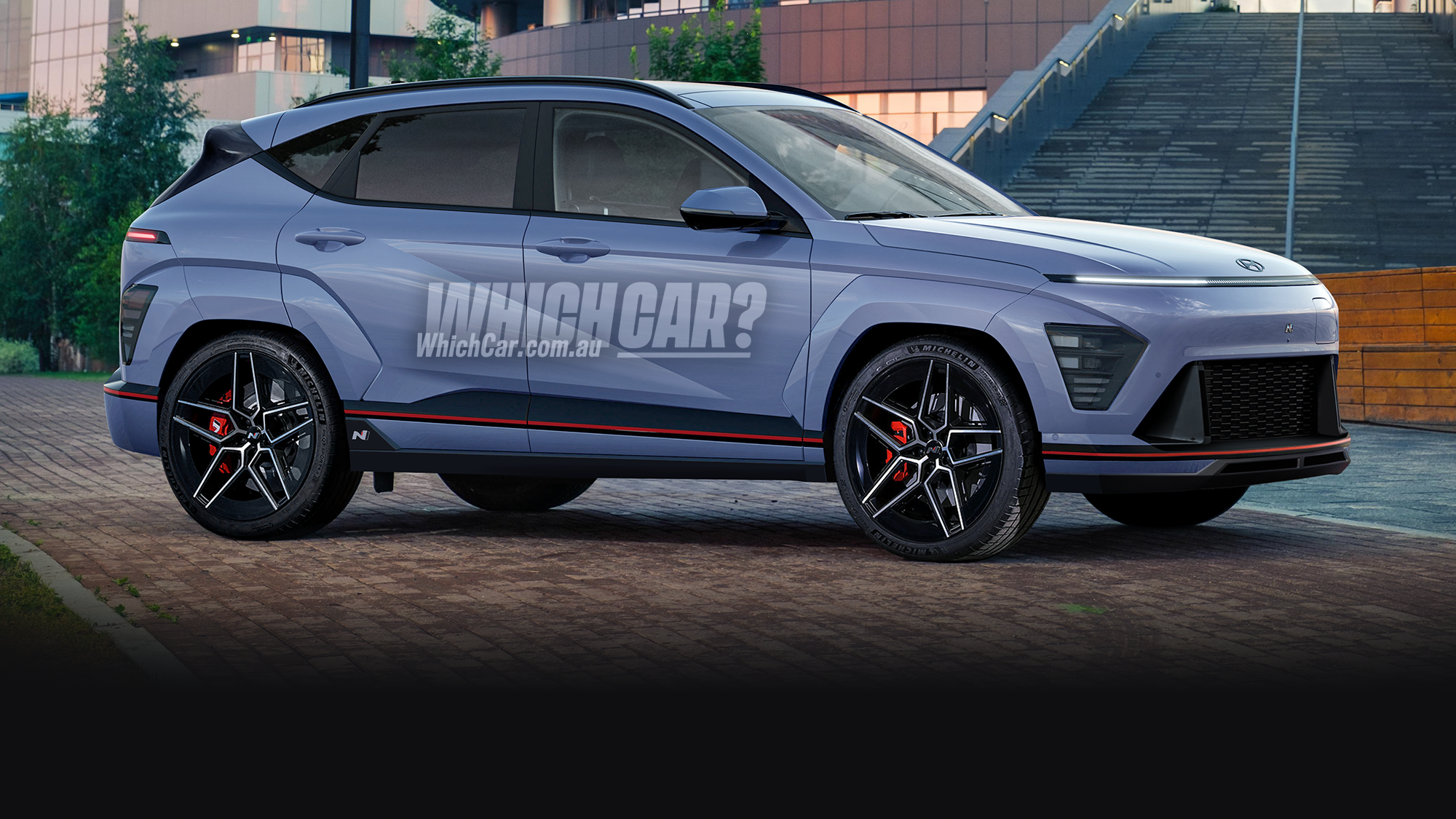 News
News2025 Hyundai Kona N Electric imagined
Now that we've seen the new-gen Kona small SUV in petrol, hybrid and electric form, there's one question still unanswered: What about a hero N model?
-
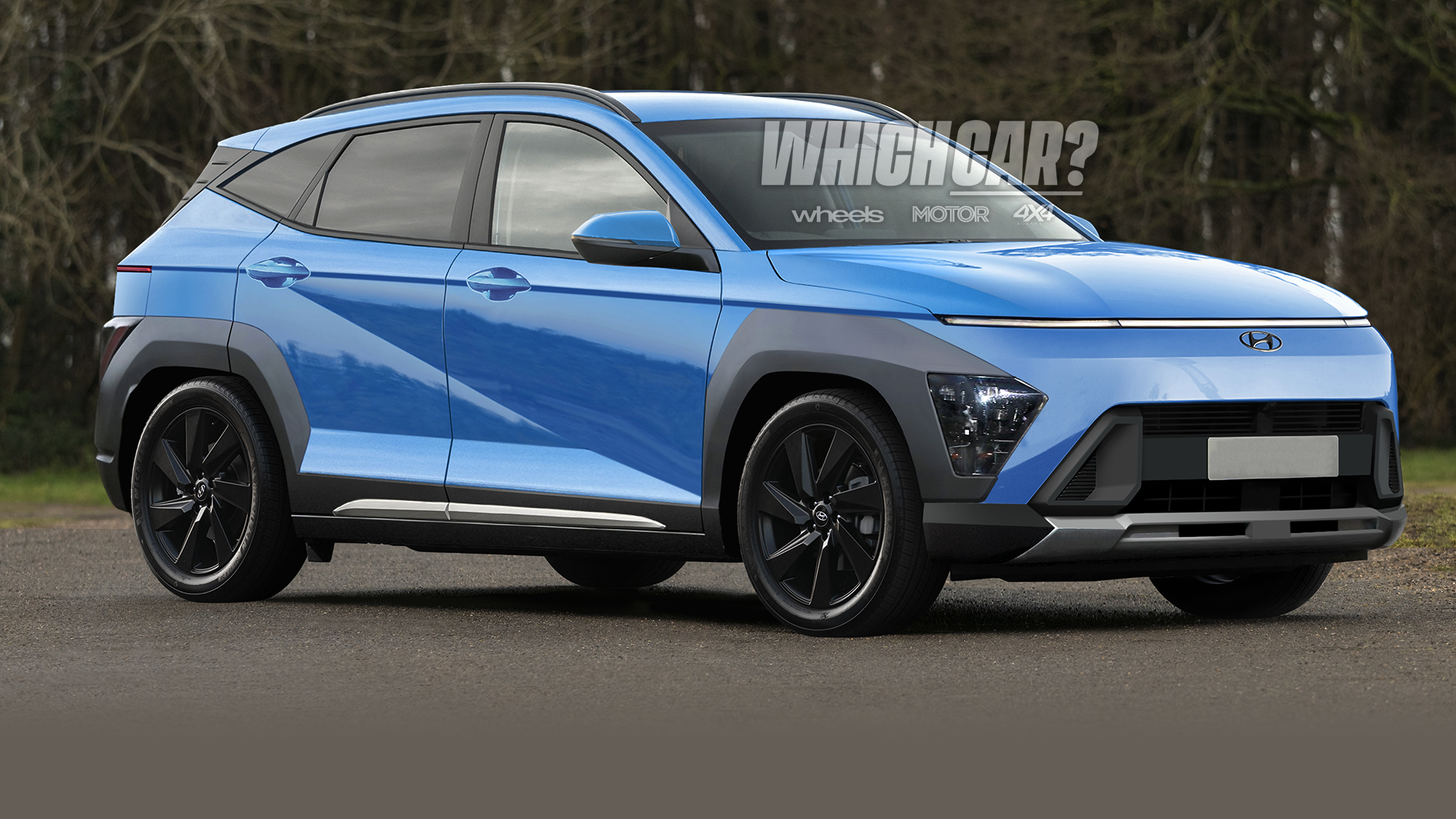 News
News2023 Hyundai Kona rendered! Hybrid likely for Corolla Cross, Seltos, CX-30 rival
A new Kona small SUV is due next year – likely with a hybrid powertrain for Australia – and we’ve imagined it

